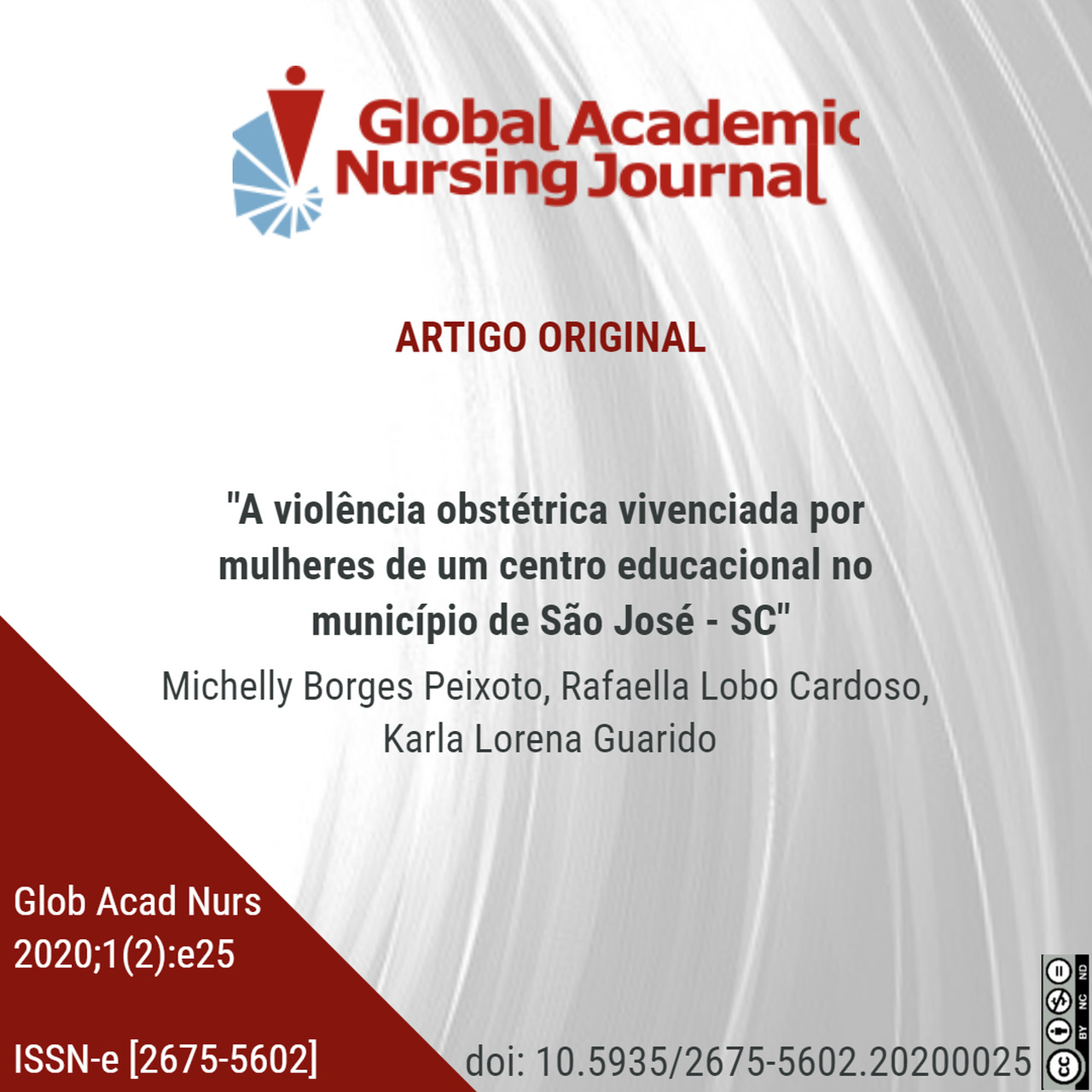Resumo
Objetivo: Identificar a prevalência e os principais tipos de Violência Obstétrica sofrido por um grupo de mulheres; além de investigar o nível de conhecimento destas mulheres a respeito do tema e instruí-las. Métodos: Neste estudo foi utilizada a pesquisa qualitativa, do tipo analítico observacional e transversal, através de entrevistas e pesquisas realizadas com as mulheres vinculadas ao Centro de Educação Alegria e Cia. Resultados: Por meio da análise e leitura dos questionários respondidos pelas mulheres, 65,9% confirmaram terem sofrido violência obstétrica, mesmo 87,2% delas terem afirmado que tinham conhecimento sobre o tema. A maioria dessas mulheres (70%) relata ter escolaridade a nível superior e idade entre 20 e 29 anos durante as gestações. As violências obstétricas mais incidentes foram soro de rotina, direcionamento de puxos, exame de toque vaginal e parto cesáreo de rotina. Conclusão: De acordo com a pesquisa, apesar do alto nível de escolaridade e conhecimento acerca do assunto, muitas mulheres ainda sofrem violência obstétrica, mesmo esta sendo mais comentada atualmente. A grande maioria das mulheres se mostrou desconhecedora da Violência Obstétrica.

